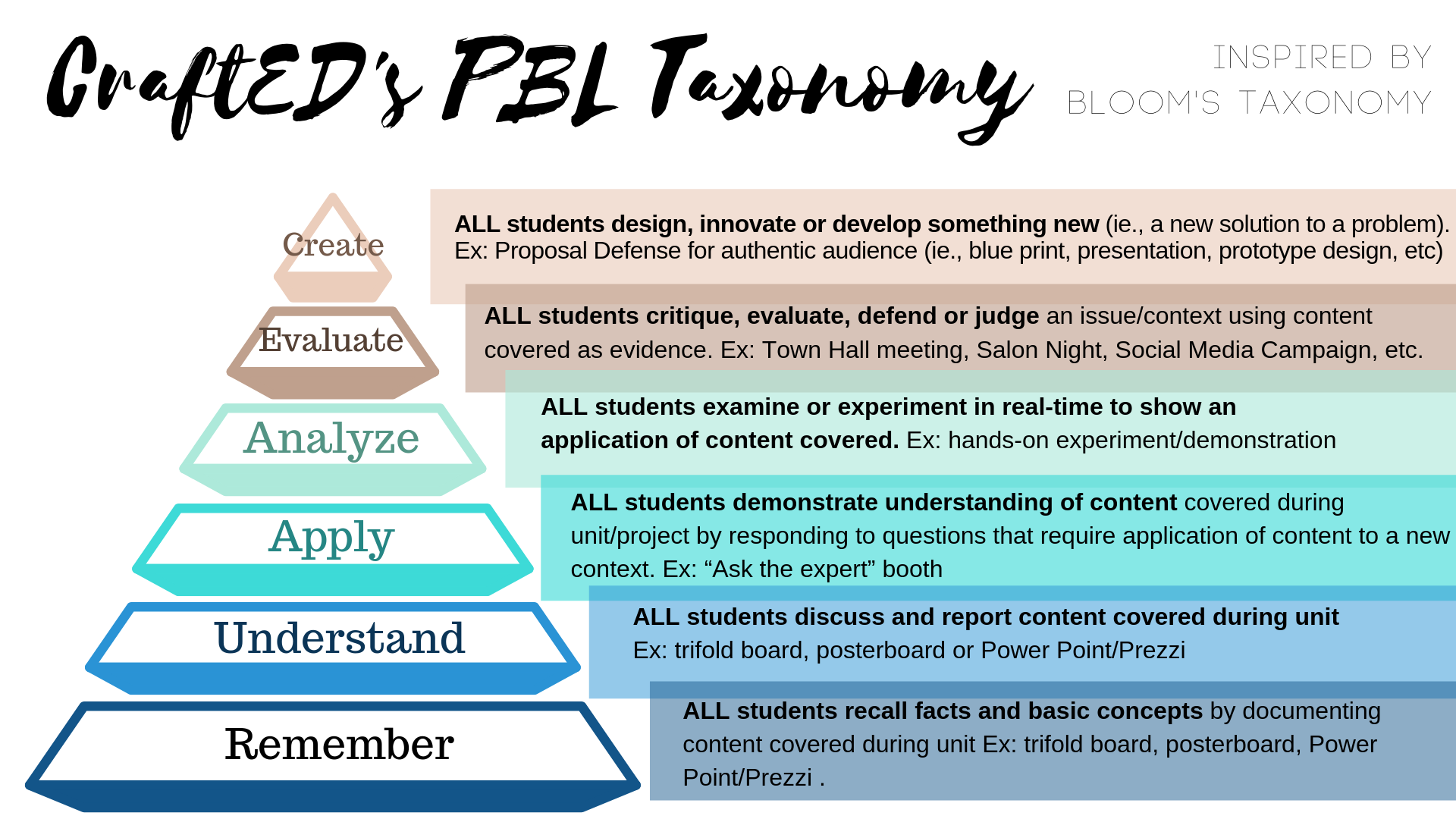Using novels to drive elementary PBL:
A sneak peek into how I used two novels to design project-based learning
In my PBL work in schools I always encourage teachers to start with driving standards (social studies and science). But COVID, and therefore homeschooling for our family, brought a rare opportunity for me to rethink what drives project design. When I started out curriculum mapping our year I knew that I wanted to read several novels, two of which were “Island of the Blue Dolphins” and “Fuzzy Mud”.
The first book was something my 4th grader missed due to virtual learning, and it’s basically a rite of passage in elementary school if you live in California. And the second book a fellow teacher friend recommended, and as I flew through it for my nighttime reading I knew it was just too juicy to not read together! Both books lended themselves to serving as the context for project-based learning. Typically in the steps to designing a project we think about our standards first, then real world context, then a final product, and then the daily learning. However, here is how I ended up doing it for these two novels:

Example 1: Island of the Blue Dolphins
The imagery related to the setting that the author creates with this book, along with the historical context serves as the perfect driver for a 4th grade project. Here are the big ideas that jumped out at me as we read:
- CA missions
- European exploration
- Local Native American tribes and similarities to Karana, the main character and her tribe
- Native plants, animals- living off natural resources
- Figurative language and character/theme development
Each of these big ideas, or themes, map on perfectly to 4th and 5th grade standards
These big ideas, which map onto CA standards, ALSO map onto Fieldwork opportunities:
Wth this field work came the following possibilities for final products:
- Narrative writing and photo essays
- Photography and published historic photobook for kids
- MPAs and why we protect areas like the channel islands where the book takes place
- Research projects and infographics about marine life
- Survival science handbook guide based on how she survived
Example 2: Fuzzy Mud
Using a similar process for Island of the Blue Dolphins, here are the steps I went about for designing another project in a revised planning flow/order:
- Step 1: Pulled main topics and big ideas from book related to science
Gosh there are so many in Fuzzy Mud: Single cell division, microbiology-viruses, Clean energy, energy alternatives, algae fuel , exponents, ethics in science, Center for disease control , senate function and hearings, Enzymes in vaccines, DNA.
- Step 2: Identified grade-level science standards that related
Brushed up on science standards and concepts…Turns out the following connected niceley: 4-ESS3 Earth and Human Activity. I then designed daily learning experiences (ie., newsela reading assignments, hands-on labs, etc.)
- Step 3: Thought about field work related to big ideas from step 1
what scientists could we connect with, where could we see some of these big ideas in action in the community? How could I bring this all more to life for them?
- Step 4: Identified a final product that could showcase big ideas from the book, which in turn would showcase application of content standards in a new setting
I got inspired by Agar art and decided we would use art to show what they learned from science and the book through this medium. I thought it would be a great way to bump them up on Bloom’s Taxonomy!
While I still think driving standards of science and social studies play a pivotal role in the project planning process; these two novels really helped me rethink the power of ELA as a drive, as well. Want to read more about ELA and PBL? Read more on my other blog HERE and check out the additional links below:
- How to Use the Language Experience Approach | Edutopia
- Creating Authentic Learning Experiences in the Literacy Classroom | Lexia Learning
- Purchase field-work must haves and books mentioned in this post HERE.


